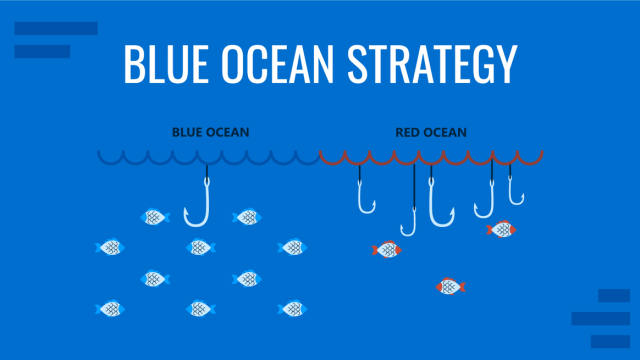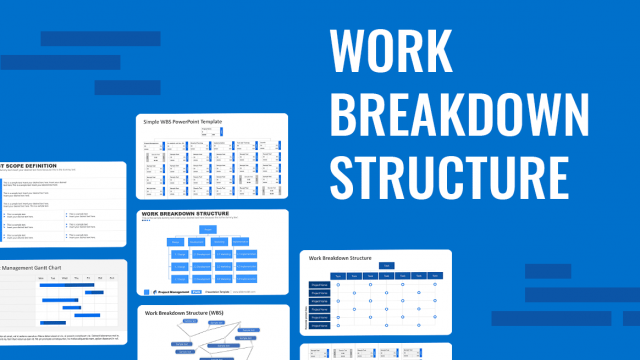
Product development and customer satisfaction require careful analysis of data, trends, and consumer demand. There are models used for gauging the aforementioned. One of the most famous among them is the Kano model.
What is the Kano Model?
Introduced back in 1984, the Kano model was the brainchild of Dr. Noriaki. The model provides a technique for value-driven development prioritizing the features of products and services that lead to customer satisfaction. Noriaki’s model offers a simple ranking system that differentiates essential and distinguishing attributes tied to customer quality.
Delighter’s, Satisfiers and Basics
Since the model was translated from Japanese to English, different names were given to the attributes explained in the model. Some of the most commonly used words to describe these categories include delighters, satisfiers, dissatisfiers/basics, etc. In light of these, we have explained the Kano model’s various categories in more detail in the sections below

How Does the Kano Model Work?
The Kano model helps businesses understand, integrate, and prioritize things, which make a product attractive to customers, improve the product’s performance, differentiate it from competitors, and give it what is essential for the success of the product. Below is an explanation for the five categories of the Kano model.
1. Must-be Quality
These are the requirements of a product that consumers take for granted and are given with the type of product in question. These are essential aspects of a product that are mandatory for inclusion but might not result in the product’s success because consumers expect them. However, if a must-be or basic attribute isn’t satisfactory, it can have a devastating impact on the product.
Examples: In the hotel industry clean rooms are expected by customers, so is a courteous staff. Similarly, when one buys a laptop, it is expected that regardless of its operating system, it can connect to the Internet, play, media, save hundreds of GBs of data, etc.
2. One-dimensional Quality
These factors can result in customer satisfaction when done right but lead to dissatisfaction when done wrong. Sometimes, a user might switch to another product just because of a bad customer experience.
Examples: Customers expect their complaints to be quickly resolved when calling a helpline. A very long waiting queue, the inability for a business to timely resolve an issue, or rude customer service can be a deal-breaker. Similarly, if a smartphone claims to provide 64GB of internal storage but a large chunk of it is already consumed by the operating system and default apps, customers might feel cheated.
3. Attractive Quality
These attributes provide customers with satisfaction if achieved but will not provide dissatisfaction if they are not provided. Customers usually do not expect these features but can feel good if they achieve them in a product.
Examples: A hotel offering a one night stay free to book a 2 night stay or a smartphone manufacturer providing 10GB free cloud storage for 2 years on purchase of their phone via a popular cloud storage service are a few examples of this attribute.
4. Indifferent Quality
These types of attributes provide neither customer satisfaction nor dissatisfaction. Customers remain indifferent towards them.
Examples: A customer who gets extra pillows or quick delivery of food might be indifferent to such aspects of the service. Similarly, a customer who might have to wait for a very short period time (e.g. 20 seconds) when calling a helpline might not be very excited about the response since he/she would have been fine waiting a few minutes.
5. Reverse Quality
These features can cause dissatisfaction if they are present in a product, whereas the absence of such attributes can lead to satisfaction.
Examples: A hotel that uploads pictures that focus too much on the hotel’s best parts might dissatisfy many customers when their high expectations aren’t met. This might, for example as only costly rooms might have the same quality as advertised, while giving customers the impression that the average rooms have the same quality. In this case misleadingly uploading very elaborate pictures would have been better for customer satisfaction..
Some smartphone manufacturers can raise the customers’ expectations regarding how hardy a smartphone is, only to lead to customer dissatisfaction due to this claim. The iPhone 6 faced this dilemma and many phones bent despite Apple’s claims of its very enduring product.

Building a Delightful Customer Experience for Customers
Here is a video where keynote speaker Jared Spool explains how the Kano model can be used to delight customers. In this video he elaborates the best methods for understanding customer needs and making use of the available information using the Kano model.
How to use the Kano Model
Kano is both a survey instrument and a conceptual model, which needs to be effectively applied in stages.
Applications of the Kano Model
The Kano model is used across various industries for gauging customer satisfaction. It is used to create a visual model for characteristics likely to lead to customer satisfaction, dissatisfaction, and the basic deliverables required for the product. We have outlined a few steps that you can follow for the implementation of the Kano model.
1. Draft a List of Customer Requirements
In the first step, draft a list of customer requirements that can be tested. You can include requirements from your team or customers. You might want to look into what might be the basic, satisfying, and delightful attributes for your customers. You can look into trends, feedback, and the market for the product to assess these attributes. There is no harm in looking into competitor businesses to give yourself a head start.
2. Draft a Questionnaire
In the next step, draft the Kano questionnaire. You can use two questions for each requirement. This can help reduce bias in the questionnaire and inconsistencies in responses. These questions can include a positive or negative question for each requirement.
3. Document Customer Requirements
You can document customer requirements by conducting your surveys or interviews to understand what the customer requirements are. This can be the phase where you assess what might work for the product in terms of customer satisfaction or what might lead to dissatisfaction, while also keeping in view the product´s basic needs. In this case you will have to account for the must be’s, one-dimensional quality attributes, attractive attributes that can make your product stand out, attributes your customers might be indifferent to and reverse quality attributes, which might be harmful for your product.
4. Create an Evaluation Spreadsheet or Diagram
You can create a Kano evaluation spreadsheet to plot your information. You can fill out the spreadsheet or make a diagram based on customer feedback and your analysis. For the purpose of the Kano analysis, you can also use the PowerPoint templates listed below.

Final Words
The Kano model provides a visual map for what makes customers tick and what might cause dissatisfaction; also outlining other associated attributes which the customers might or might not respond well to. This gives businesses a clear outline regarding the dos and don’ts of conducting business.
It is worth mentioning here that the application of the Kano model is not limited to business use, as it can also be used in developmental projects, healthcare industry and to gauge the response of end users who might not be directly paying for the outcome. For example, a government department can use the Kano model to understand the impact of a development project to benefit a marginalized community. Sometimes, building bridges, roads and other types of development projects can turn out to be disastrous because of the backlash of the local community. In this example, local people might be concerned about the environmental impact of the project or the project might lead to loss of livelihood due to associated factors such as destruction of pasture lands, attractive tourist spots, etc.
The Kano model can be a great tool to understand what delights or dissatisfies your customers or for that matter the group of people you intend to target as end users or beneficiaries. Kano entails gathering information objectively and then plotting it to find out the best attributes that a product can offer for best results. In the example above, an environmentally friendly project consisting of carefully crafted bridges and roads might lead to improved livelihood opportunities due to the project. Similarly, businesses can use the Kano analysis to understand their target market better before launching a product or making adjustments to existing products for a better customer response.



